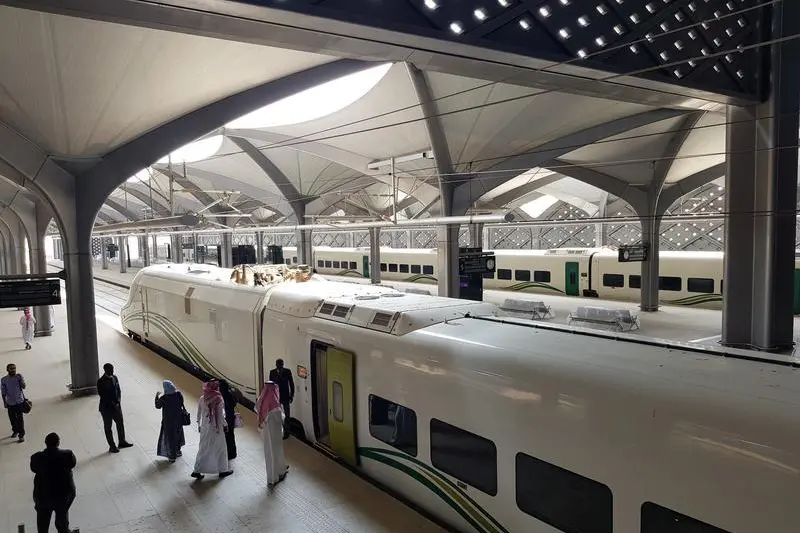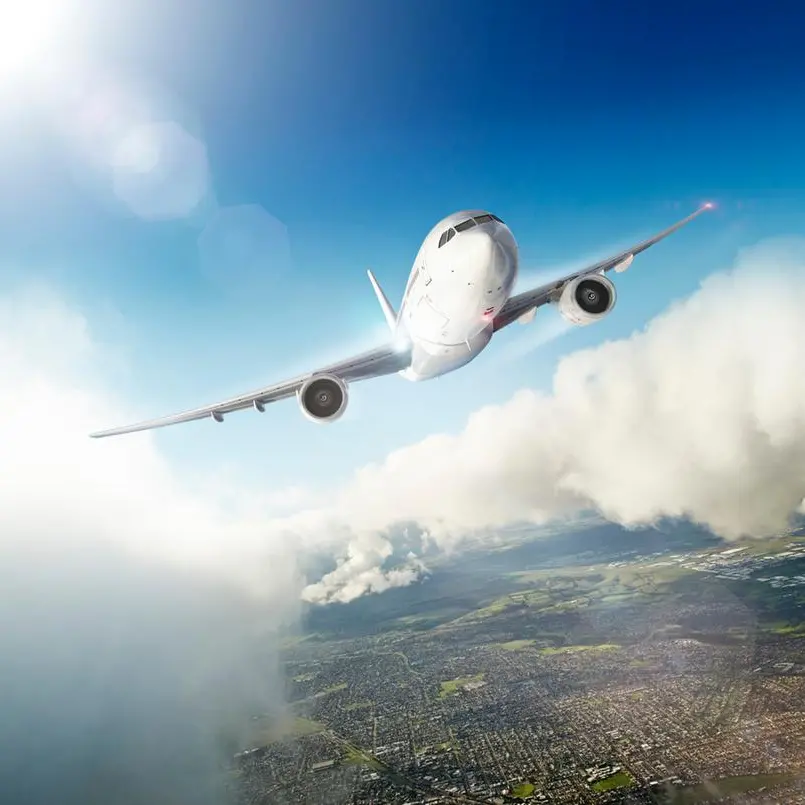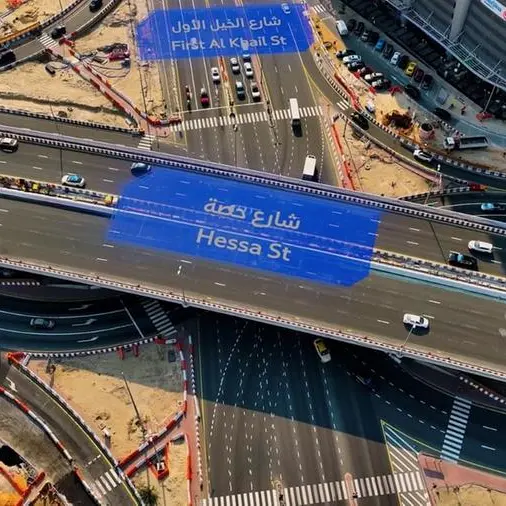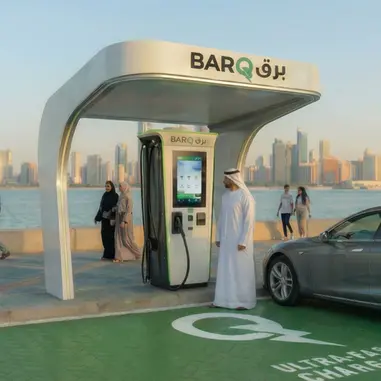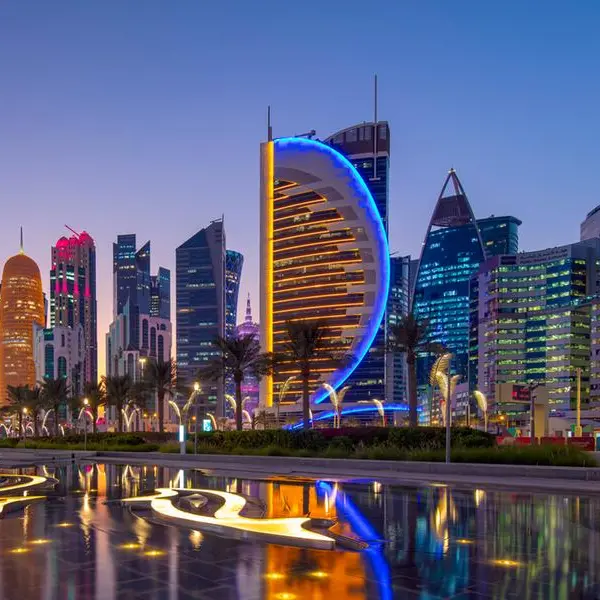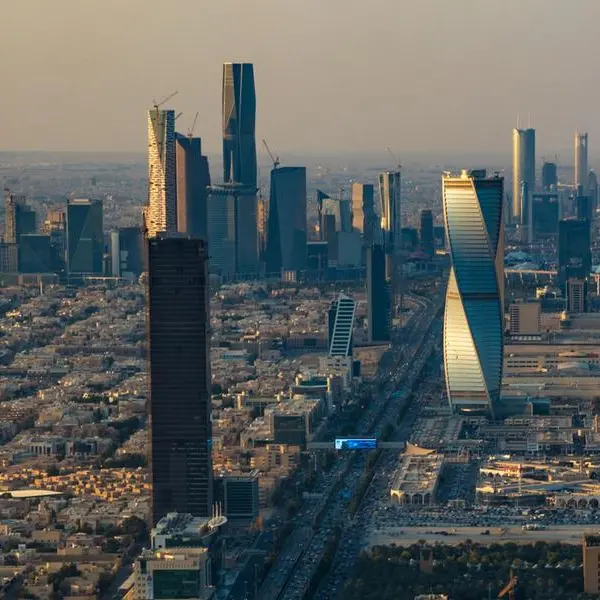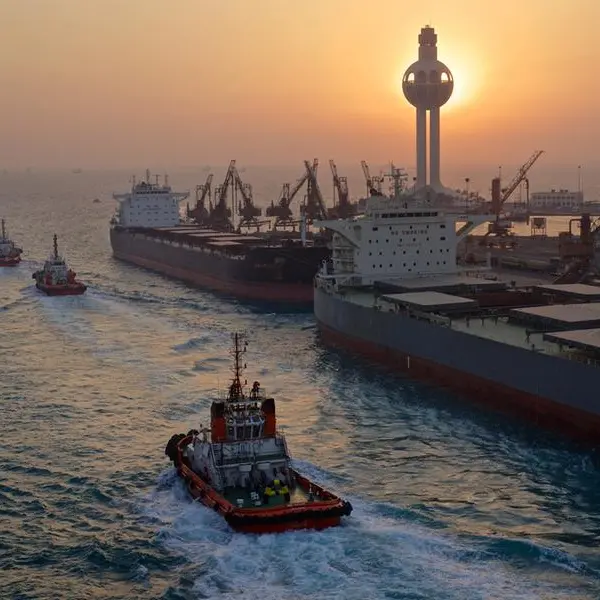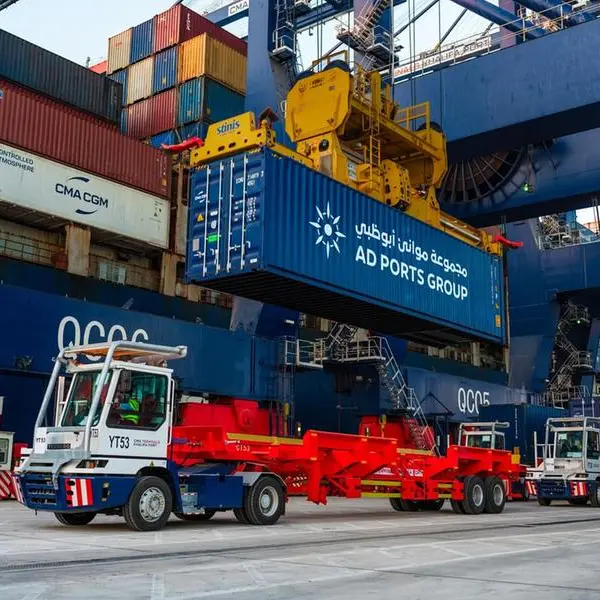PHOTO
Riyadh: The Haramain High Speed Railway is gearing up to operate over 2,700 trips to meet the growing demand for transportation between Makkah and Madinah during Ramadan.
The train, capable of reaching speeds of 300 km/hr, will cover the 449 km distance between the two holy cities in just under two and a half hours. Saudi Arabia Railways (SAR) has collaborated with the operating company to prepare a plan that will keep pace with the expected surge in demand.
This train ranks among the 10 fastest electric trains globally and is equipped with advanced signaling and communications systems. It plays a crucial role in the development plan and expansion program of the Saudi railway network, aiming to accommodate the increasing number of Umrah performers and visitors domestically and internationally, while also reducing congestion on the roads between Makkah, Madinah, and Jeddah.
Launched in 2018, the Haramain High Speed Railway facilitates the movement of pilgrims, Umrah performers, and visitors between the three cities with a double railway line spanning 453 km. The train route includes five stations, including three terminals: the Makkah Station, the Madinah Station, and the King Abdulaziz Airport station in Jeddah, as well as two central stations, the main Jeddah station located in the Sulaymaniyah district, and the King Abdullah Economic City station.
The Haramain High Speed Railway station at King Abdulaziz Airport is the world's largest airport-linked train station, covering an area of over 105,000 square meters, extending over several floors, and connected to six train platforms. This station helps alleviate congestion on the roads leading to King Abdulaziz Airport by transporting arriving passengers directly to other stations without the need to leave the airport and use other means of transportation.
The Haramain High Speed Railway fleet comprises 35 electric trains, each capable of carrying 417 passengers in 13 cars divided into five business class compartments, a cafeteria, and eight economy class compartments. The total number of business class seats is 113, while the total number of economy class seats is 304.
